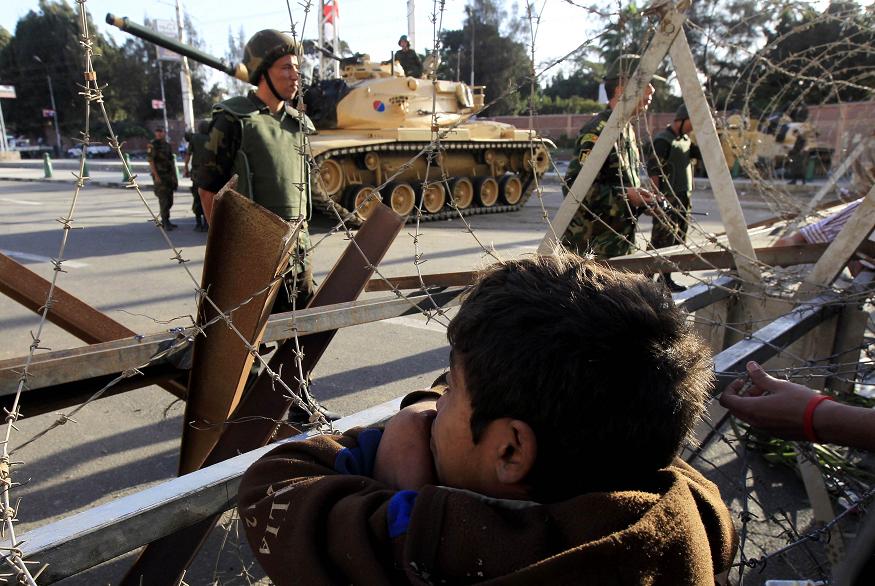Government official: We can only accommodate 15% of street children

Egypt’s National Council for Childhood and Motherhood (NCCM) said that the government can only provide shelter for 15 percent of street children.
The Secretary-General of NCCM, Nasr Sayed, said that shelters need constant maintenance, periodic follow up and trainings of social workers and specialists in order to address the issue effectively.
The population of street children in Egypt varies enormously, but according to some estimates it is as high as two million.
In the absence of official statistics, most observers agree that the incidence of street children is increasing and that the average age of street children is going down.
“These children are not criminals but victims who have been deprived of their rights: the right to education, health and social care, and especially the right to family care. The strategy is based on changing the way in which society views these children,” says NCCM Secretary-General.
One street child had reportedly said to the United Nations Children's Fund (UNICEF) that "it is very painful to see people treat you as if you are (rotten and rubbish)."
In 2008, amendments were made to Egypt's Child law; the real significance of those amendments is that they adopt a rights-based approach.
Meanwhile, new legislations are underway after the adoption of the new charter. Some activists already commented that the charter does not ensure child rights while others argue that it contradicts with "Convention on the rights of the Child" that Egypt had ratified.
Amid constant political unrest and a struggling economy, street children await to see how post-revolution Egypt will tackle this phenomenon through legislation









facebook comments